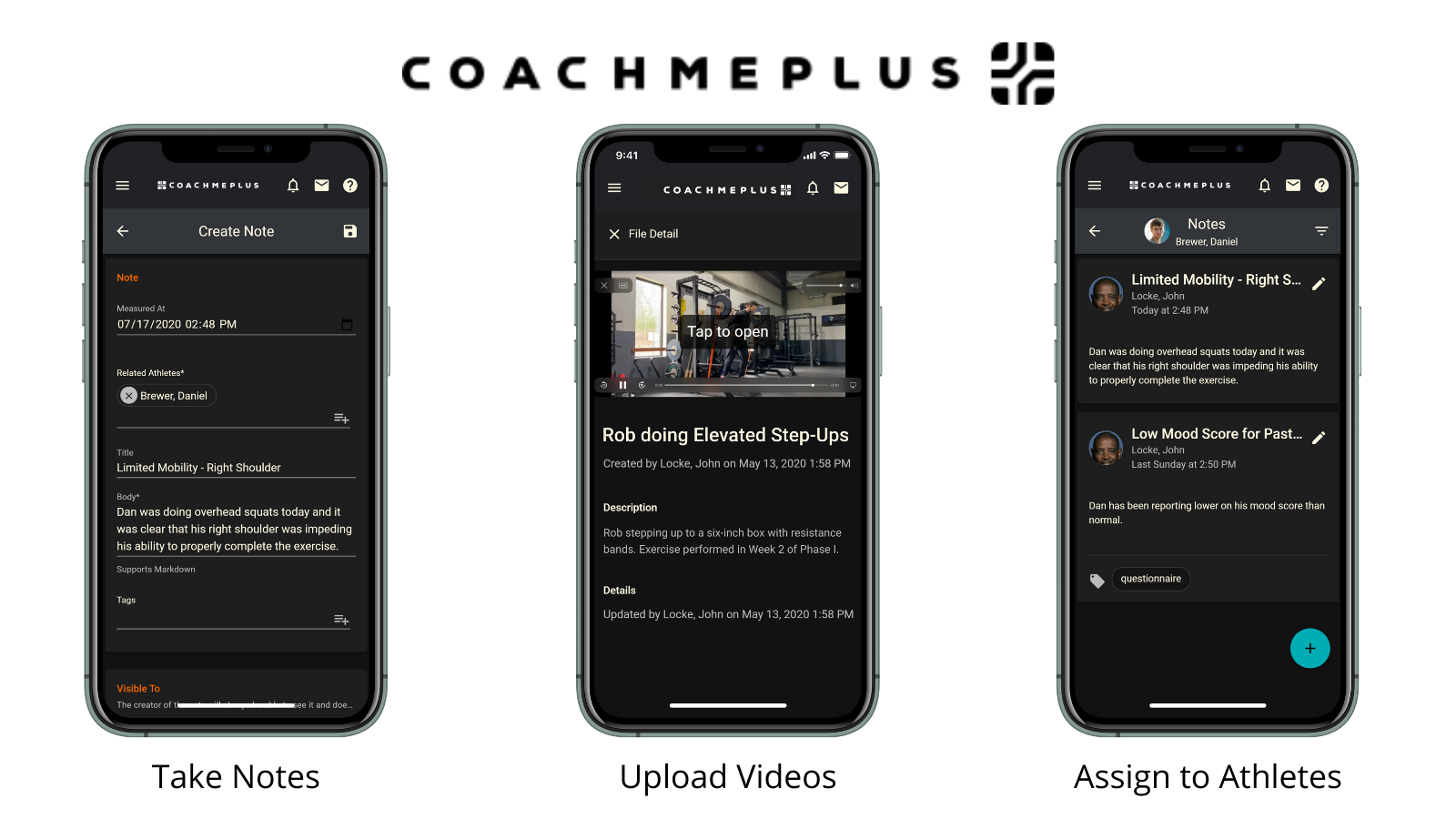In the modern era of sports science, load monitoring has become a cornerstone of effective training and performance management. Gone are the days of guessing how much work an athlete can handle or whether their body is truly recovering between sessions. Today, load monitoring empowers coaches and sports academies to collect, analyze, and act on data that guides smarter decisions, reduces injuries, and drives consistent progress.
Let’s look at several important aspects of load monitoring — and how they work together to create a more sustainable, high-performance environment.

Internal vs. External Load: Understanding the Difference
At its core, load monitoring revolves around two main concepts: internal load and external load.
-
External load refers to the actual work performed by the athlete. This can include metrics like distance run, weight lifted, speed, volume, or time spent training.
-
Internal load measures how the body responds to that work. This includes heart rate, Rate of Perceived Exertion (RPE), heart rate variability, and biomarkers like lactate levels.
Both dimensions are essential. An athlete might complete the same external workload on two different days but experience completely different internal strain. Monitoring both helps coaches adjust training plans in real time.
Acute vs. Chronic Load: Striking the Right Balance
Another critical concept is the relationship between acute load (short-term workload) and chronic load (long-term workload). Think of it like this:
-
Acute load is the training load from the past week.
-
Chronic load is the average training load over several weeks.
One powerful model to track this balance is the Acute:Chronic Workload Ratio (ACWR). Research shows that sudden spikes in acute load — without an adequate chronic base — can dramatically increase injury risk. That’s why elite programs rely on load monitoring to keep workloads in a safe and productive range.
Load Monitoring and Recovery
Tracking training load isn’t just about performance; it’s also about managing fatigue and optimizing recovery. When internal and external loads are monitored consistently, coaches can:
-
Identify when athletes are under-recovered
-
Adjust sessions to prevent overtraining
-
Schedule rest days or lighter training blocks
-
Monitor readiness through wellness surveys and physiological data
Effective recovery strategies depend on accurate load data. For example, if an athlete shows elevated heart rate or high RPE after a normal workload, it may signal fatigue or stress that requires intervention.
Using Technology to Capture Load Data
One reason load monitoring has become mainstream is the rise of wearable technology and performance software. Tools like GPS trackers, heart rate monitors, force plates, and timing systems make it possible to collect real-time data on nearly every aspect of training.
Platforms like CoachMePlus bring all this information together in one place. Instead of juggling spreadsheets, coaches can visualize trends, set thresholds, and create individualized plans that adapt as an athlete progresses.

Load Monitoring and Athlete Buy-In
One of the most overlooked aspects of load monitoring is education and athlete buy-in. When athletes understand why you’re tracking workload and how it benefits them, they’re more likely to participate actively and communicate honestly about how they feel.
To build a culture of trust:
-
Share dashboards or progress reports so athletes see their own data.
-
Explain how load management prevents injury and improves performance.
-
Use clear, consistent language so everyone is on the same page.
By making load monitoring part of the daily routine, you create an environment where athletes feel supported and invested in their development.
Practical Tips for Implementing Load Monitoring
If you’re ready to make load monitoring a core part of your program, here are a few steps to get started:
Define your key metrics: Choose which internal and external load measures align with your sport.
Use reliable technology: Invest in tools and software that integrate seamlessly and produce accurate data.
Establish baselines: Collect initial data to understand each athlete’s normal workload and response.
Monitor trends over time: Look for patterns rather than overreacting to one-off sessions.
Communicate regularly: Keep athletes informed about their progress and any necessary adjustments.
With the right approach, load monitoring doesn’t just improve results — it creates a safer, smarter training culture.

How CoachMePlus Can Help You
At CoachMePlus, we help sports academies and organizations of all sizes implement cutting-edge load monitoring strategies. From real-time tracking to intuitive dashboards and athlete readiness tools, our platform makes it easier to optimize performance and protect athlete health.

Recent Comments